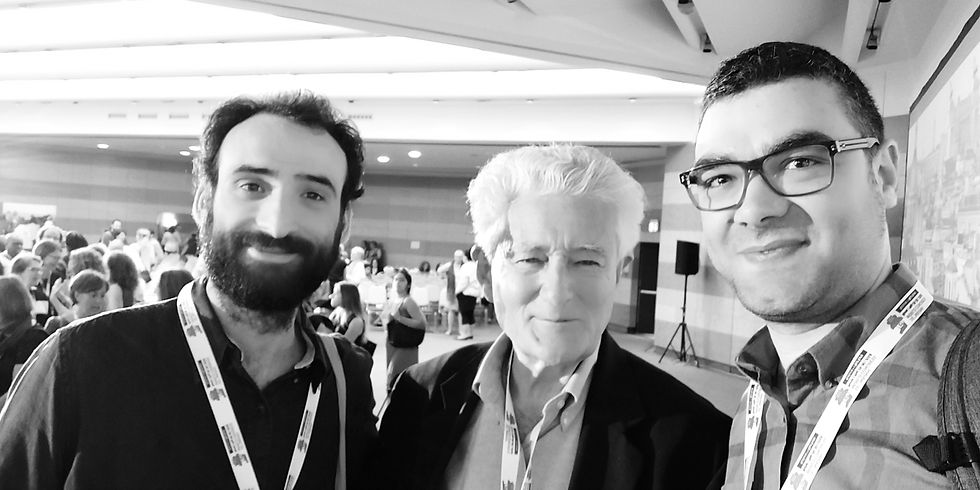Shall we dance? Anatomy of mother-infant dyadic movements
- Livio Provenzi

- Jul 8, 2018
- 2 min read
What happens within the interaction between a mother and her infant? How they regulate each and each other behavior in the moment-by-moment interactive exchanges they took part in? How many different ways of "togetherness" are available and how do they relate to infants' developmental adjustment and well-being?
Infant Research traditionally deals with these - and many other - questions. Since the pioneering work of Robert Emde, Louis Sander and Daniel Stern, many contributions have highlighted the importance of the early dyadic encounter with the mother for the well-being and the socio-emotional, cognitive and behavioral development of the human infant. Nonetheless, different approaches often lead to different terminology, so that when someone tries to translate different dyadic theories into pragmatic choices in clinical and research activities, confusion arises.
What do different authors mean with "synchrony"? Are they using this concept in the same way, according to similar theoretical assumptions and adopting similar measures? Or rather this dyadic concept is more nuanced and different authors can provide different implicit and/or explicit accounts of it?
Matching, synchrony, reparation, attunement, mirroring are only some examples of the different words and concepts proposed by previous researchers and scholars so far to describe the interactive processes occurring within the mother-infant dyad.

In a recent paper published in Frontiers in Psychology, we have provided a detailed and systematic review of many different patterns of dyadic regulation, interaction and encounter between a mother and her infant. This literature review can be subdivided into three sections, each corresponding to one specific aim:
[1] - Theoretical aim: Which is the theoretical definition of each dyadic concept and how do they relate to each other?
[2] - Methodological aim: How these concept - when they depict measurable processes - are measured in previous research?
[3] - Outcomes aim: In which way these dyadic processes affect infants' development and which specific contribution the mother and the infant give to the emergence of the different specific dyadic patterns?
More than 40 years of infant research have completely revolutionized the scientific view of the mother-infant dyad. [...] To the best of our knowledge, this work is the first attempt to conceptualize a comprehensive systemization on this topic.
The diverse dyadic processes occurring within the mother-infant dyad (e.g., matching, reparation, synchrony, mirroring, etc.) reflect different patterns of togetherness, they have different and specific implications for infants' development and they are in relation with each other according to hierarchical and phylogenetic order (see Fig. 2).

For example, a well-known cycle previously described by Ed Tronick is reported on the right side of Fig. 2, suggesting that repeated sequences of matching, mismatching and reparation occur in the mother-infant dyad and lead to increased experiences of synchrony. Another cycle, which is organized in a phylogenetic way, represents the emergence of more complex forms of dyadic dance (i.e., mirroring as suggested by Peter Fonagy) starting from low level of dyadic reciprocity (i.e., contingency of motor acts as suggested by Louis Sander) and developing through other forms of schemes coordination and attunement of intentions and mental states.
---
Find out more on the dyadic dance by reading our paper:
Provenzi L, Scotto di Minico G, Giusti L et al (2018). Disentangling the Dyadic Dance: Theoretical, Methodological and Outcomes Systematic Review of Mother-Infant Dyadic Processes. Frontiers in Psychology, 9, 348.




Comments